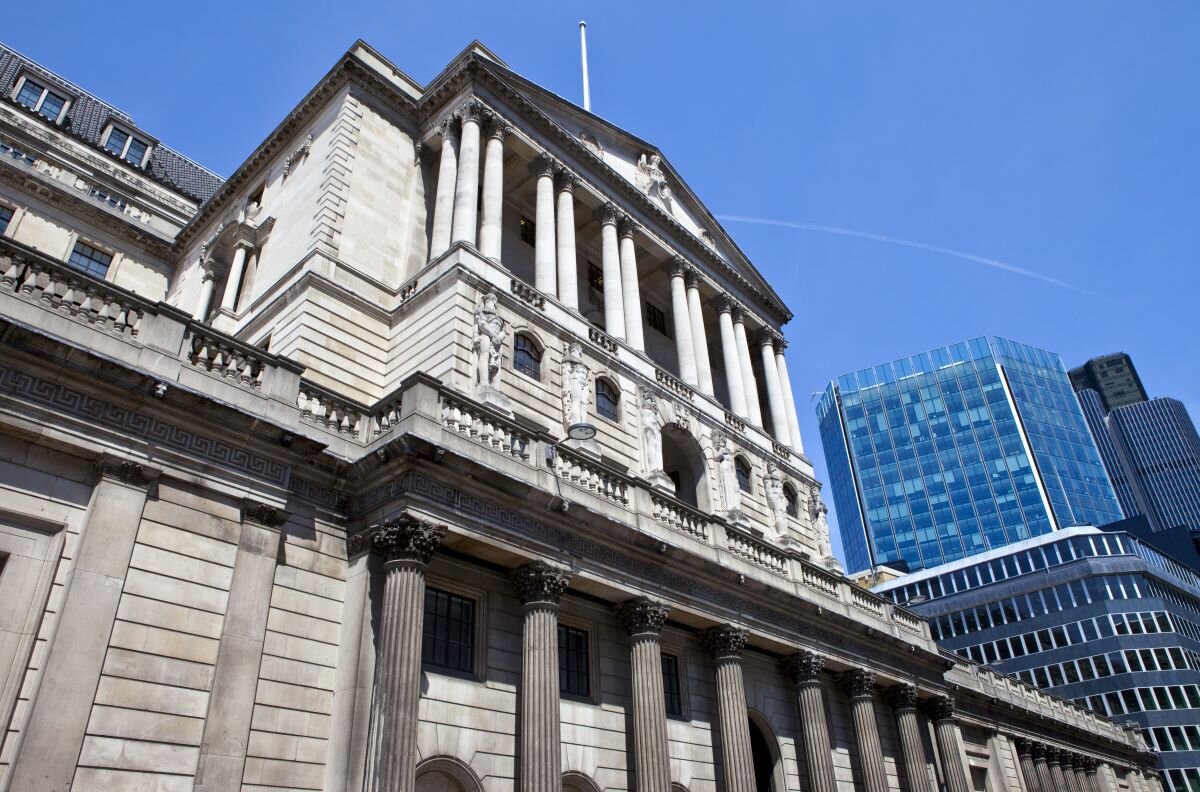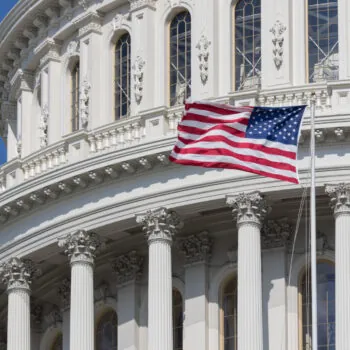The UK led the way on green finance at COP26 by committing to create the world’s first Net Zero Financial Centre and a Net Zero Financial System. Success will be dependent on the outcome of the Treasury’s 2022 Green Finance Strategy Review – where the Government has an opportunity to set out its plan for fulfilling these promises.
E3G’s latest parliamentary briefing defines a Net Zero Financial System as an alignment of both public and private financial flows with the UK’s targets on net zero and climate resilience. It then highlights what progress the UK Government has made to date on green financial reform, and what is still missing to successfully deliver a UK Net Zero Financial System before COP27.
Given the size and clout of the UK’s financial sector, creating a net zero finance system is the most positive action the UK can take to address climate change. The UK government has already laid a solid foundation – including a science-based UK Green Taxonomy, mandatory net zero transition plans for large financial institutions and FTSE 100 companies in 2023, and the creation of the UK infrastructure Bank with a dual mandate of net zero and levelling up. However, more must be done to deliver the Chancellor’s promise.
Below are the four green finance priorities for MPs and Peers in 2022:
1. Treasury must set out a detailed net zero financial strategy.
The Government has not yet set out a comprehensive plan for financing the net zero transition. This is the biggest missing piece of the architecture needed to get the UK on track to net zero. A detailed net zero financial plan is critical to provide businesses and investors with the policy, public investment, and fiscal certainty they need to direct investment to net zero. This strategy must cover public finance and private finance policies.
2. Maximise the impact of UK Infrastructure Bank.
To ensure the Bank maximises the economic opportunities of the transition to net-zero, it must do the following.
- Position the net-zero and levelling up mandate in the Bank’s legislation, and include a strong ‘Do No Significant Harm’ screen to ensure all investments are sustainable.
- Provide local authorities and investors with technical assistance and project development services to build capabilities and open new sustainable markets.
- Prioritise action to de-carbonise the built environment.
- Invest to de-carbonise the UK’s industry and transport system, as well as protect and enhancing natural capital.
3. Prevent greenwash by creating a science-based UK Green Taxonomy which is applied across public and private finance.
The UK’s green taxonomy must be science based if it is to be credible. This means that it must not include fossil gas or biomass power. This is critical as investors need clear definitions of what investments are classified as sustainable if they are to transform their investment portfolios to net zero. The taxonomy must be integrated across both public and private finance decision making to ensure the market receives strong, consistent signals.
4. Extend mandatory net-zero transition plan disclosure requirements to all large companies and financial institutions in the UK and provide science-based net zero guidance on what good looks like.
The Chancellor’s announcement at COP26 should be extended to all large companies across the UK. The Transition Plan Taskforce should provide science-based guidance on what a good transition plan looks like. Regulators should have enhanced enforcement capacity commensurate with these new requirements to prevent greenwash.


